Busting Myths: Can You Actually Buy Real Estate with USDT?
Myth of Buying USDT for Real Estate
Myth #1: You Can’t Buy Real Estate with USDT — It’s Just Hype
Actually, no. People are buying real estate with USDT, and it’s more common than you might think. USDT (Tether) is a stablecoin pegged to the U.S. dollar, which means it doesn’t have the wild price swings that Bitcoin or Ethereum do. That stability makes it attractive for serious purchases — like property. So yes, bricks and mortar can be bought with digital dollars.
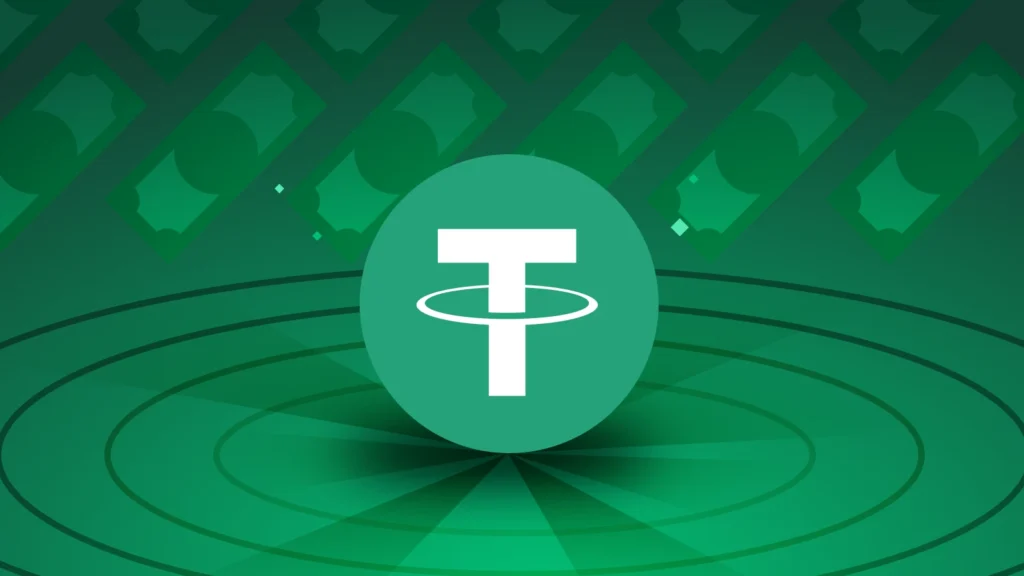
Myth #2: Using USDT for Real Estate Is Illegal or Sketchy
Not necessarily. The legality depends on where you are, sure. But there are legitimate real estate deals happening in places like Dubai, Portugal, El Salvador, and even some U.S. cities where sellers accept USDT. Many developers are now offering crypto-friendly portfolios and using blockchain-secured escrow services to make transactions legit and safer.
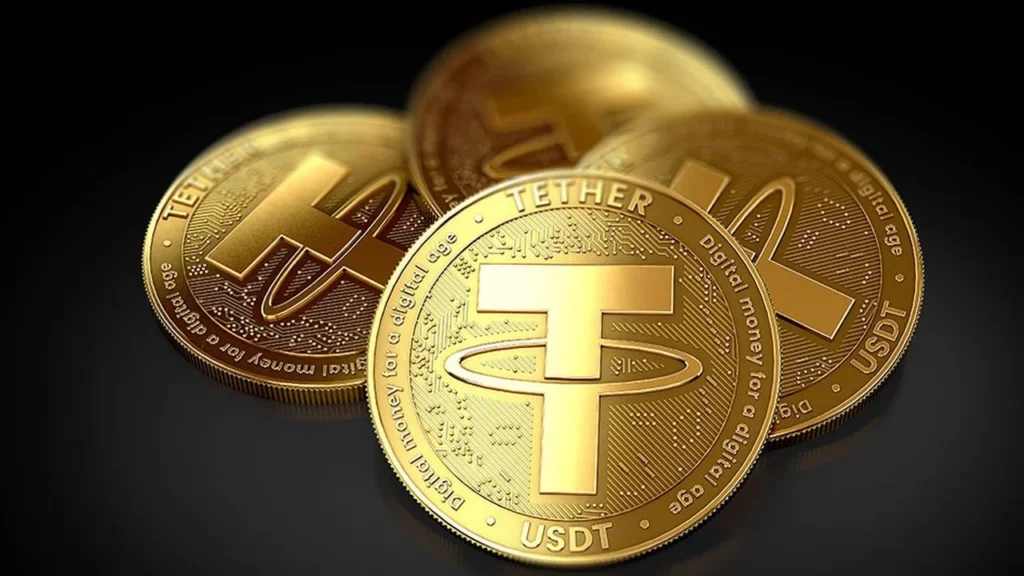
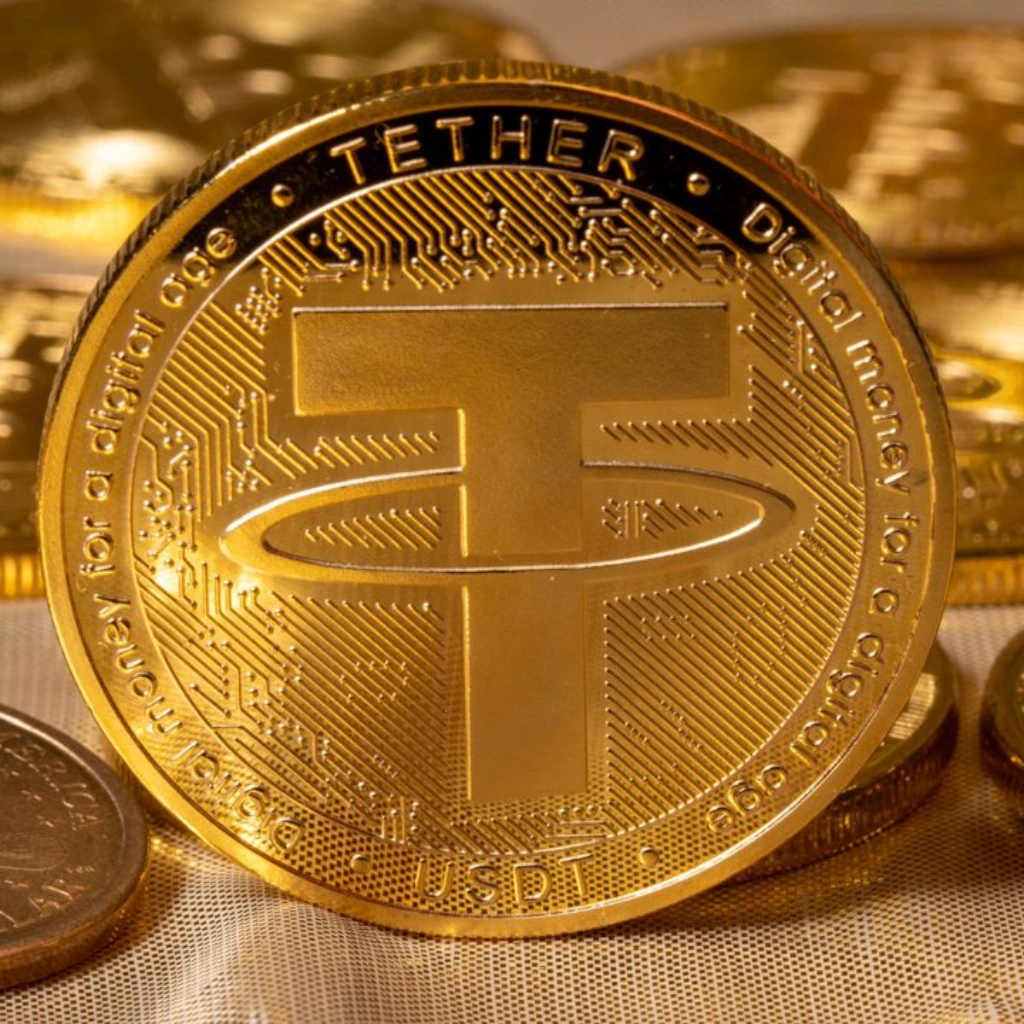
Myth #3: It’s Slow and Complicated — Just Like Traditional Banking
Actually, it’s often faster. Traditional real estate deals can drag on—wire transfers take days, cross-border deals pile on paperwork. USDT transfers? They happen almost instantly. That means buying a property from another continent can be as simple as tapping your phone. No waiting around for banks to clear transactions.
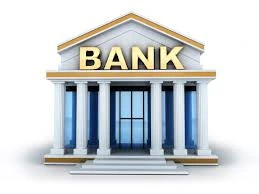
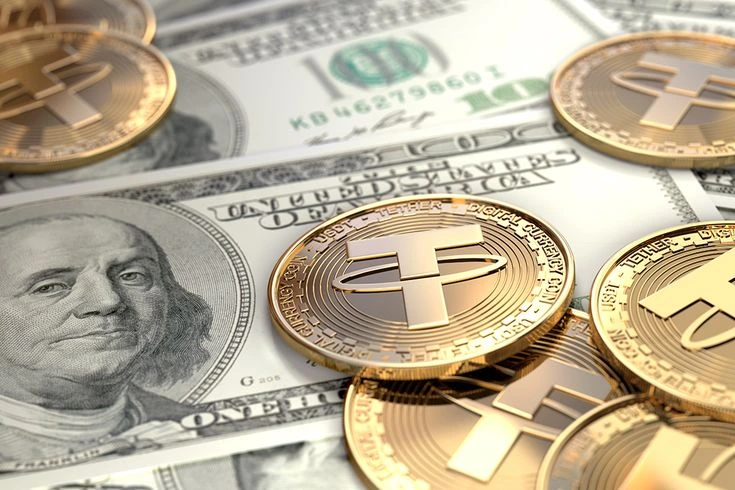
Myth #4: The Price Is Too Volatile to Trust
This one’s busted because USDT is a stablecoin. It’s pegged 1:1 to the U.S. dollar, so the value doesn’t bounce around like other cryptocurrencies. That stability can protect buyers and sellers from sudden losses due to market swings — a big plus when dealing with expensive assets like real estate.
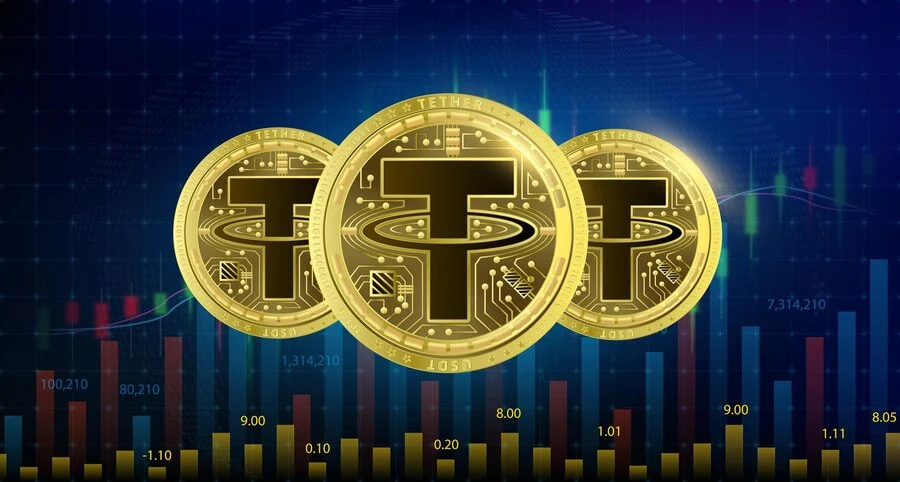
Myth #5: Everyone Is Doing It, So It’s Totally Safe
Nope. While USDT for real estate is growing, the space is still new and unregulated in many places. That means scams are a real risk if you don’t do your homework. Plus, tax laws around crypto payments can be confusing and vary widely depending on your country. So, caution is key. Hiring a legal expert? Definitely recommended.
How a Typical USDT Real Estate Deal Works
- Buyer and seller agree on a price in USDT, pegged to USD.
- Funds transfer over blockchain to a secure wallet or smart contract.
- Legal paperwork proceeds just like any traditional sale.
- Property title transfers to the buyer — done deal.
This streamlined process can cut out a lot of the friction that normally bogs down international property transactions.


The Pros and Cons in a Nutshell
Pros:
- Speed: Instant transfers vs. days-long wire delays.
- Global access: Perfect for foreign buyers wanting to skip red tape.
- Stable pricing: No wild swings like with Bitcoin.
- Lower fees: No banks charging hefty transaction fees.
Cons:
- Regulatory uncertainty still looms in many countries.
- Risk of fraud if you don’t vet the deal carefully.
- Tax reporting can get complicated depending on where you live.
So, Should You Use USDT for Real Estate?
If you’re comfortable navigating the legal and tax maze, and you trust the parties involved, using USDT for real estate could be a smart move. It’s not for everyone — the space is still the Wild West in many ways — but it’s undeniably a glimpse of how property buying might evolve.
In five years, paying for your home with stablecoins like USDT might feel as normal as swiping your debit card today. For now, it’s worth watching—and maybe even trying—if you’re ready for something a bit ahead of the curve.
Relevant Link : Here




